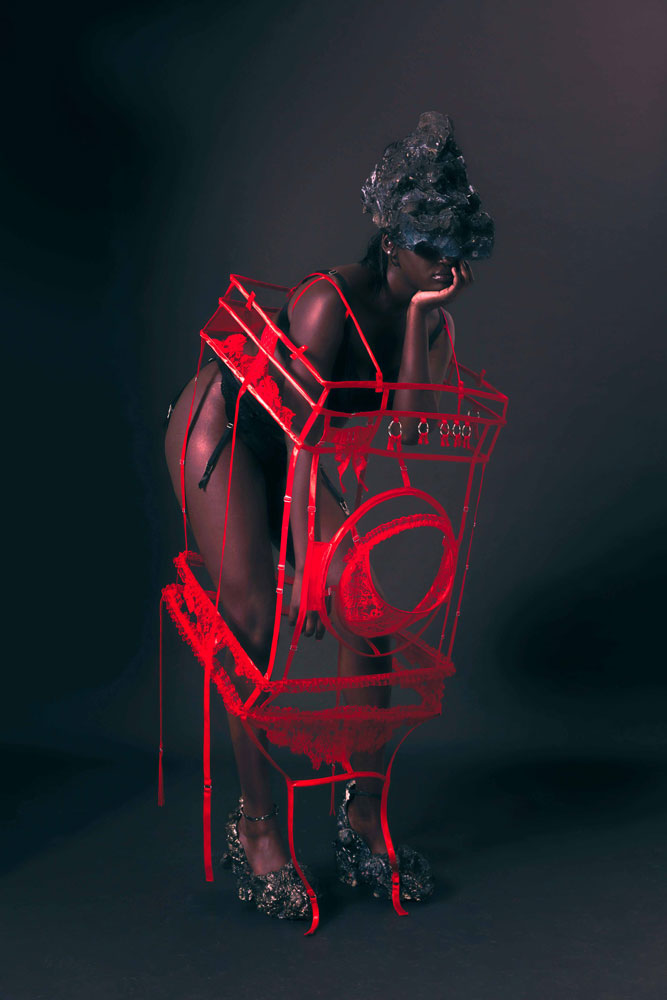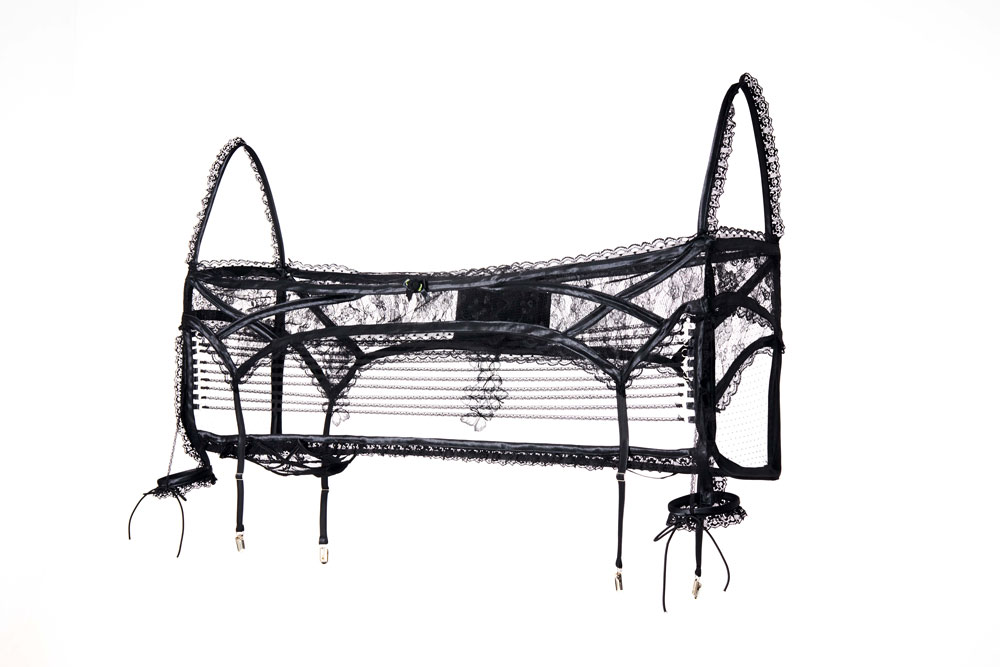My artistic inspiration originates from a genuine curiosity about the self and the world. I view self-awareness as fundamentally linked to the interaction between the “self” and the “environment.” Thus, the environment becomes a key component in my exploration of self-ontology.
Born: Shenyang, China
Now: London, UK
@qinjiaqiangel | www.qinjiaqiangel.com
INTERVIEW
Angel, tell us about the foundation that laid the groundwork for your education.
My educational foundation in Film and Media Studies, Studio Arts, Japanese, and Environmental Humanity has profoundly shaped my artistic approach. This interdisciplinary blend allows me to explore and integrate diverse perspectives, making Environmental Humanity the core of my practice. I focus on ecological perspectives to challenge conventional narratives and explore self-identity through various dimensions, a theme deeply embedded in my art.
In my Film and Media Studies, I gained insights into narrative and visual storytelling, enabling me to deconstruct and reconstruct environmental narratives. Studio Arts provided practical skills to express these ideas through sculpture and installations, making intangible concepts tangible.
Additionally, my studies in Japanese, particularly Zen philosophy, have deeply influenced the texture and emotional depth of my work. This influence is evident in pieces like those in “White Euphoria,” where I integrate natural elements with everyday objects to encourage contemplation and introspection.

For those who are seeing your works for the first time, it’s interesting to know about your concept and idea. Share with readers the sources of your inspiration.
My inspiration for “White Euphoria” stems from challenging the mundane aspects of daily life with a fetishistic view of domestic appliances. By integrating lace and classic lingerie colors while maintaining the appliances’ original silhouettes, I infuse elements like bras and suspenders to blend human curves with machine contours, creating a post-human hybrid.
This design critiques the production of desire in capitalist society, which often promotes uniform designs and consumer-driven existence, leading to burnout. By dressing appliances in lingerie, I juxtapose their vegetative functions—silent yet essential—with vibrant human eroticism, revealing their overlooked vitality.|
My work liberates these everyday objects from their typical contexts, showcasing hidden libido through the folds of lace and challenging viewers to find life and energy in unexpected places. This fusion of fashion photography and artistic design metaphorically highlights the potential for reinvigorating our perception of the ordinary.

How did the idea of working in the fashion and visual arts direction with elements of installation come about? Why did you choose this type of media to express your ideas?
The decision to integrate fashion and visual arts with elements of installation in my work stemmed from my perception of fashion as intimately connected to the body, representing a fascination and consumption of physicality/materiality. My work delves into ontology and corporeality, making fashion an ideal medium to embody these themes. Additionally, fashion inherently links to concepts of consumerism and fetishism, which align well with my critique of material obsession in modern culture.
By incorporating fashion into my installations, I can more effectively convey my artistic vision. This medium allows me to explore and express the complexities of human desires and the physical form in a context that is both visually striking and culturally resonant.
Fashion, as a form of art and communication, offers a dynamic platform to challenge and engage with viewers on issues of identity, consumption, and the human condition.

You have had an interesting experience working in the TV and sales industries. How did your art background help in this field, and what did you learn?
Working in both TV and sales, my experiences have always been deeply connected with my passion for art. During my time at WXXI, a public broadcasting station in Rochester, I interned for a program called “Art in Focus,” which was dedicated to interviewing local artists. This role was particularly enlightening as it allowed me to dive deep into the stories of these artists, exploring their connections with the local community and how their surroundings influenced their artwork.
This experience was invaluable as it not only taught me about the intricacies of production but also provided me with a profound understanding of how artists intertwine their work with regional characteristics. Hearing directly from the artists about their creative processes and the geographical influences on their art made me reflect on my own connections between art and location. It inspired me to consider how different cities and their unique energies could influence my own artistic expressions. This reflection has been fundamental in shaping how I approach my art, infusing it with a sense of place and context that enhances its relevance and depth.
This experience was invaluable as it not only taught me about the intricacies of production but also provided me with a profound understanding of how artists intertwine their work with regional characteristics.
Hearing directly from the artists about their creative processes and the geographical influences on their art made me reflect on my own connections between art and location.
It inspired me to consider how different cities and their unique energies could influence my own artistic expressions. This reflection has been fundamental in shaping how I approach my art, infusing it with a sense of place and context that enhances its relevance and depth.

Tell us where you currently showcase your works, what projects you’re working on, and what plans you have for the near future.
I am currently engaged in developing a series called video weaving swatches, where I repurpose ‘digital waste’ from discarded smartphone images to create an innovative type of electronic video fabric. In this project, I treat these videos as time-based sculptures, applying wrapping distortions to them. This technique helps to reveal their underlying textures and emphasizes the fetishization and destruction of their originally smooth digital surfaces.
Looking ahead, I plan to seek out artist residency programs that collaborate with different industries, such as aerospace or neuroscience. These collaborations will allow me to explore further the intersection of art with cutting-edge scientific research and technology. Through these projects, I aim to expand my artistic practice into new realms and continue to challenge the conventional boundaries of visual art.

Write a few tips for aspiring artists who are still finding their way.
Based on my experience, here are three tips:
- Maintain a Healthy Rhythm:
To establish a good routine that supports both your physical well-being and artistic creativity. Regular physical activity and consistent engagement with art through reading and viewing can greatly enhance your energy and creativity. - Experiment Boldly:
Don’t be afraid to experiment with your visual language and innovate. In today’s art world, having a unique visual style that stands out is essential. This distinctiveness is what differentiates your work in an era where AI and technology are prevalent. - Keep Your Energy Balanced:
Maintain stability in your energy levels and believe in the Law of Attraction. Staying positive and focused can attract the right opportunities and people that will help you advance in your artistic journey.